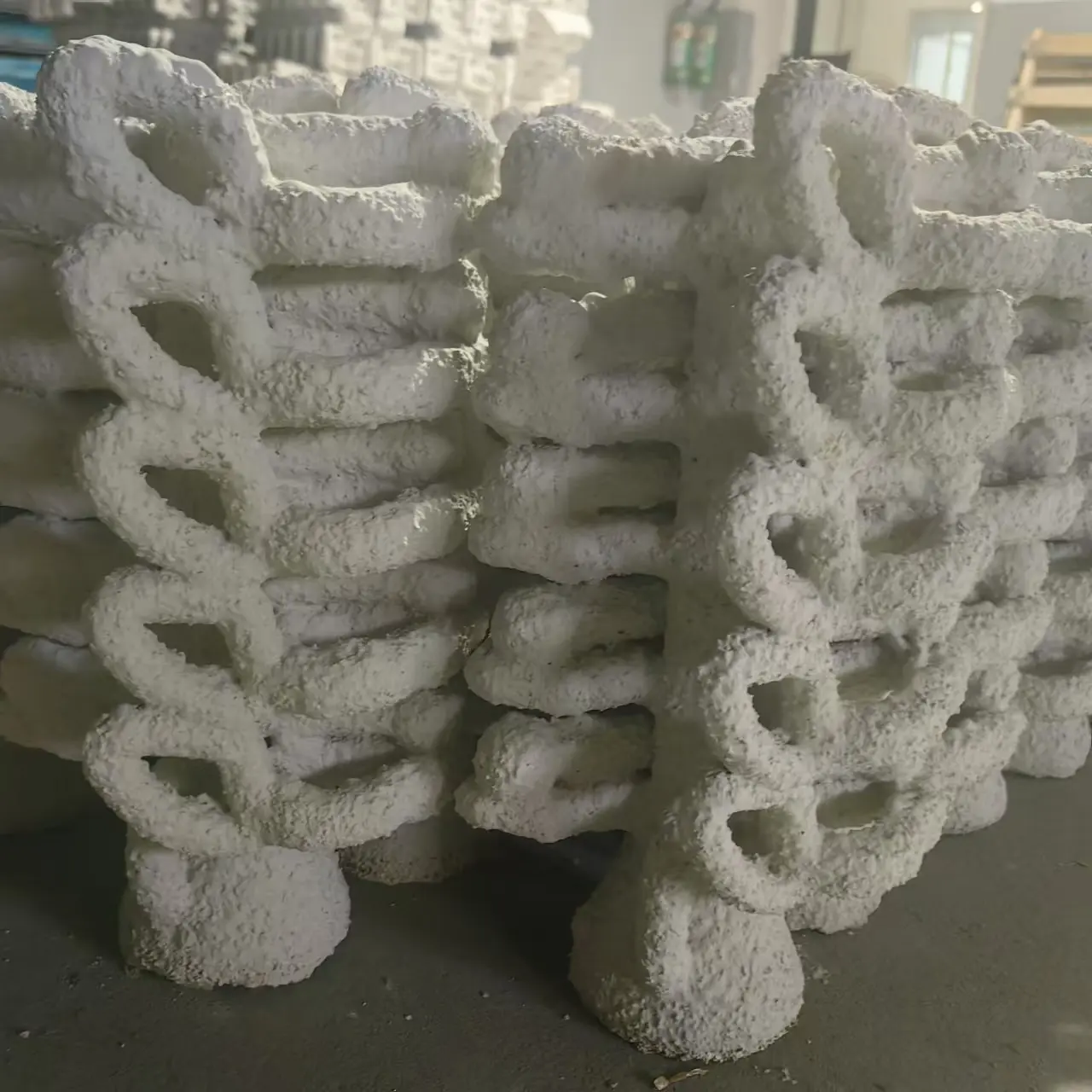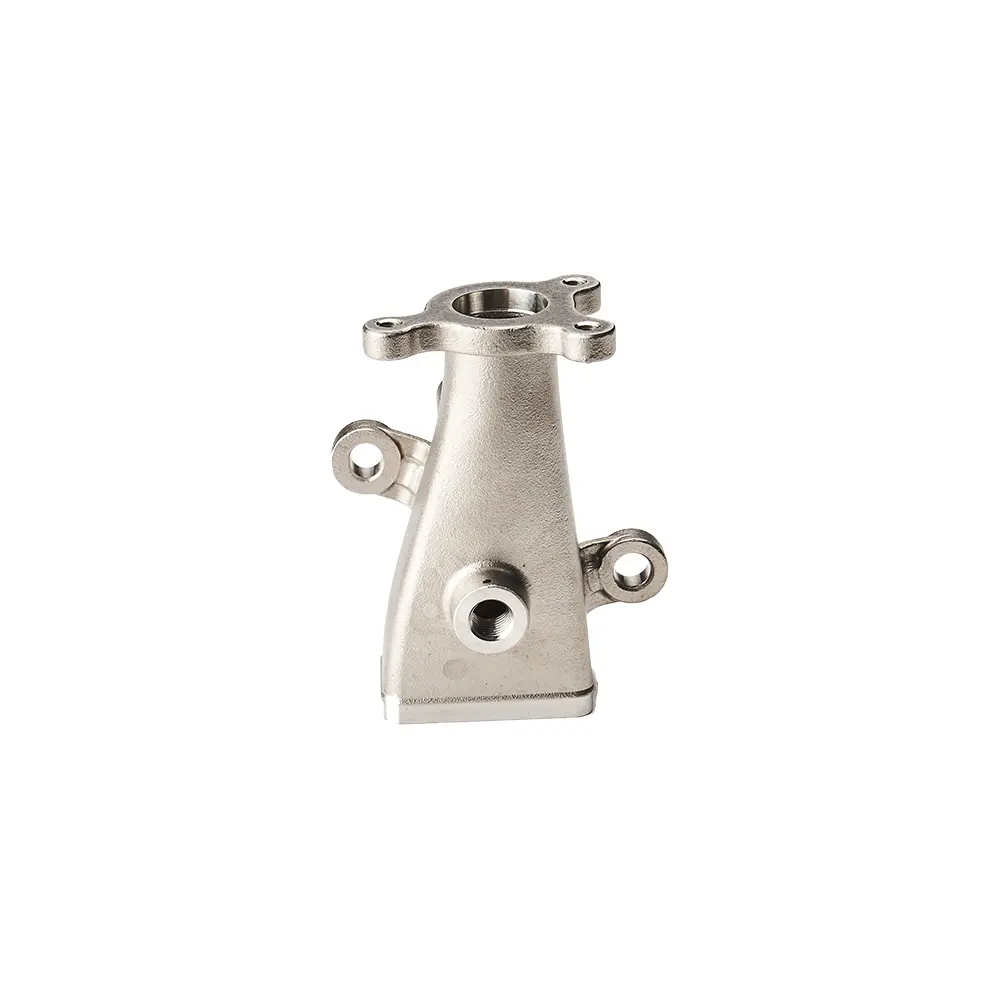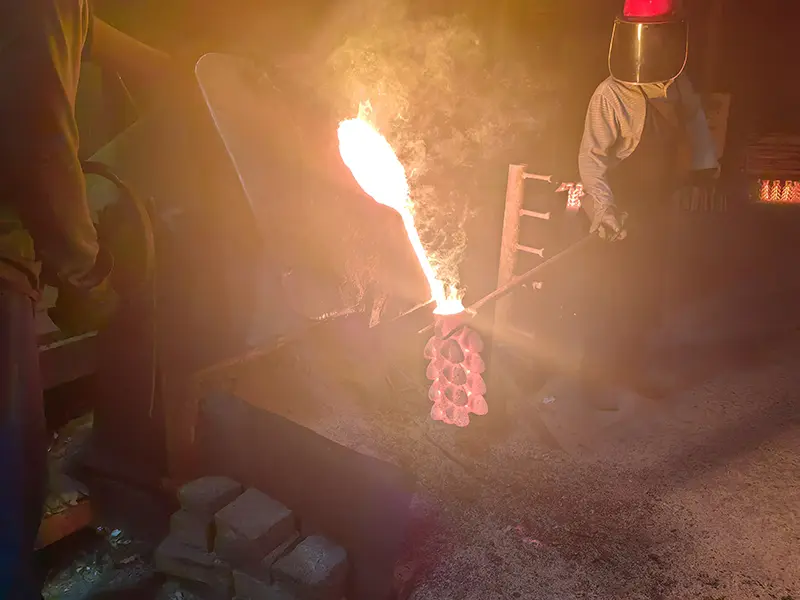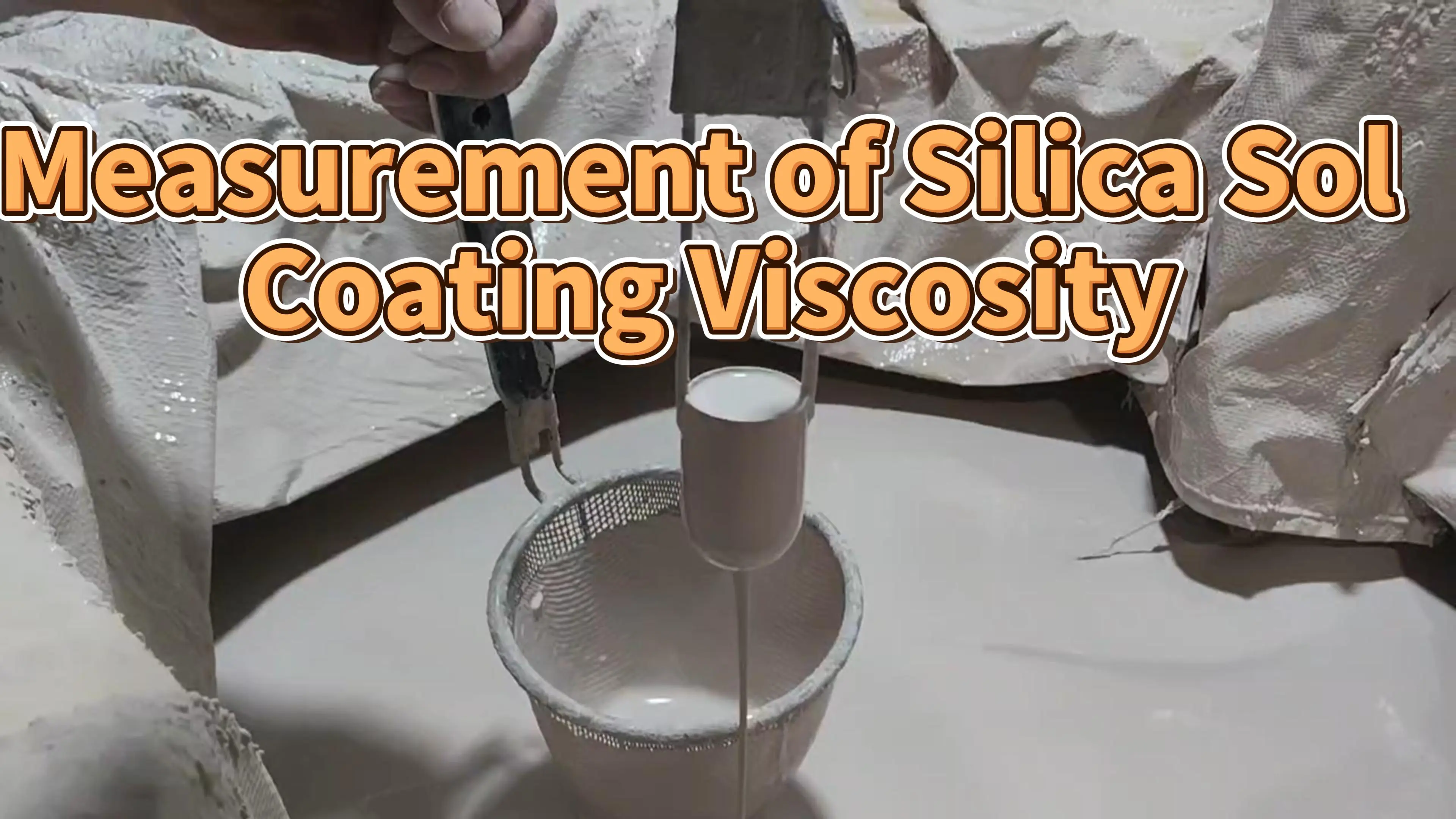
Understanding the Precision Casting Process and Its Benefits
Precision casting, often referred to as Investment Casting, stands as a cornerstone in modern manufacturing. This process allows for the creation of intricate and high-precision components, offering significant benefits such as reduced material waste and minimal need for machining. Its ability to produce complex geometries with tight tolerances makes it indispensable in industries like aerospace and automotive. The precision casting market reflects its growing importance, with projections indicating robust growth. Valued at $16,278.3 million in 2023, it is poised to expand at a CAGR of 4.6% from 2024 to 2030, underscoring its critical role in advancing manufacturing technologies.

Understanding the Benefits of Precision Casting
Precision casting revolutionizes manufacturing with its exceptional design flexibility and superior dimensional accuracy. This method allows for the creation of intricate components with minimal machining, significantly reducing labor time and costs. By accommodating a wide variety of alloys, precision casting enhances material versatility, offering engineers more options for material selection. The process also ensures a smooth surface finish, which minimizes the need for additional machining and results in quicker lead times. Overall, precision casting stands out as a cost-effective solution, providing high-quality output at competitive pricing.

Precision Casting vs Die Casting: A Detailed Comparison
Precision casting and die casting are two prominent manufacturing techniques. Precision casting, often known as investment casting, allows you to create intricate designs with high accuracy. Die casting, on the other hand, involves forcing molten metal into a mold under high pressure, making it ideal for high-volume production. The primary difference lies in their applications and the level of detail they can achieve. While precision casting excels in producing complex geometries, die casting offers efficiency for large-scale production. Understanding these distinctions helps you choose the right method for your specific needs.

Tracing the Evolution of Precision Casting
Precision casting has played a crucial role in shaping various industries throughout history. This technique, known for its ability to create intricate metal parts, has significantly impacted sectors such as aerospace, automotive, and medical. The evolution of precision casting highlights its transformative journey from ancient methods to modern technological advancements. By understanding this evolution, one can appreciate the ongoing influence of precision casting in today's industrial landscape.

Tracing the Origins of Precision Casting
Precision casting has played a pivotal role in shaping the course of manufacturing history. This ancient technique, dating back to around 4000 BC, began with the casting of gold and evolved into a sophisticated process known as Lost Wax Casting. Over centuries, it has transformed from crafting intricate art statues in Mesopotamia to producing essential components for modern industries. Today, precision casting continues to drive innovation, with its market projected to grow significantly, reaching USD 20490 million by 2032. This growth underscores its enduring impact on manufacturing advancements.

Why Silica Sol Casting is Ideal for Copper Alloys

Comparing Casting Techniques for Copper Alloys
Copper alloys play a crucial role in various industries due to their exceptional properties. They find applications in electrical systems, building construction, and automotive sectors. The electrical and electronics sector, for instance, benefits from copper alloys' excellent conductivity, making them essential for connectors and wiring. In the automotive industry, especially with the rise of electric vehicles, copper alloys are integral to high-performance electrical systems. Selecting the right casting technique, such as Flange bearing housing-silica sol precision cast copper alloy casting, ensures optimal performance and cost-effectiveness, highlighting the importance of this decision in manufacturing processes.

Control of Fracture Defects in Shell Castings
Brittle fracture is one of the common defects in investment castings. Especially when using induction furnaces (medium frequency induction furnace, low frequency induction furnace) with acidic furnace linings for melting and using aluminum for deoxidation, the cast steel parts are more prone to brittle fracture during pouring.

Dimensional stability and accuracy of investment castings

Test method for performance of investment casting sol-silicon coatings
The concept of viscosity
It is the amount of time in seconds that the paint passes through the standard flow cup, also known as the viscosity of the paint in the flow cup.















